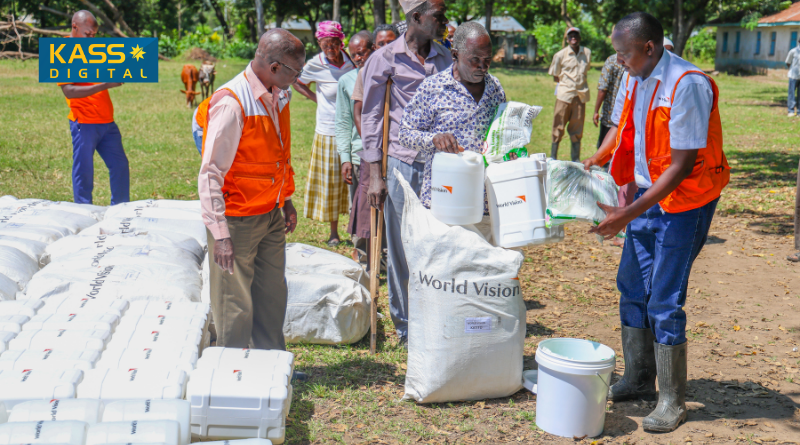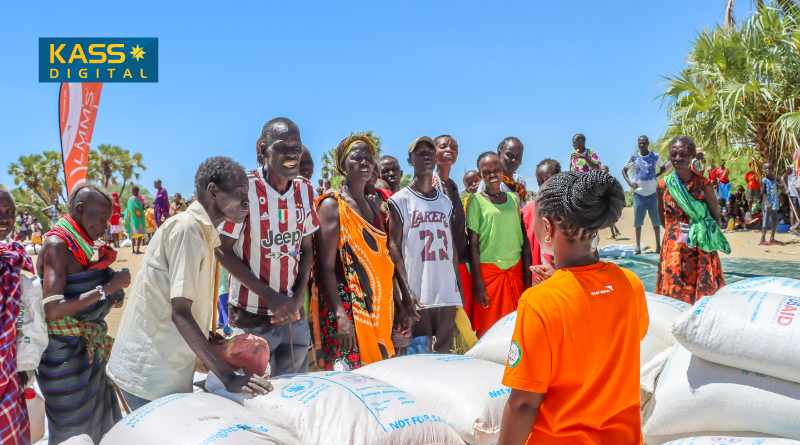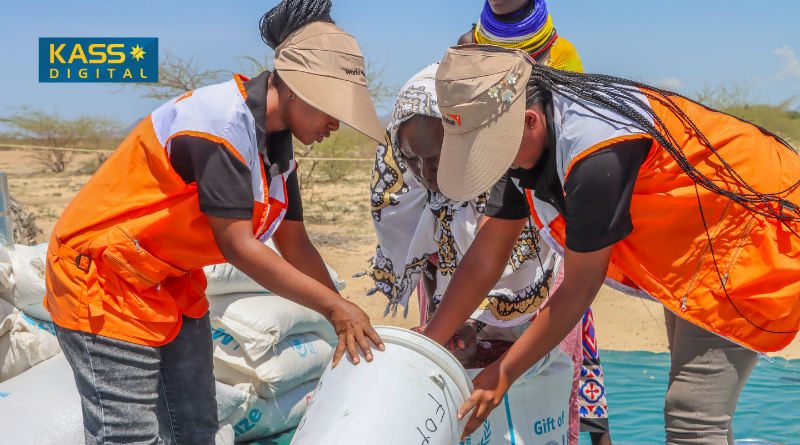4.5 Million Kenyans Face Hunger as World Humanitarian Day is Observed
By Chemtai Kirui | Nairobi, Kenya
More than 4.5 million Kenyans face food insecurity and 1.5 million children risk malnutrition, aid organizations say, as the country joins global commemorations of World Humanitarian Day.
Observed every August 19, the day was established after the 2003 bombing of the UN headquarters in Baghdad killed 22 humanitarian workers. It has since become a reminder of the risks faced by aid workers and the scale of humanitarian needs worldwide.

This year’s observance, under the theme “Strengthening global solidarity and empowering local communities,” focuses on recognizing the critical role of local actors in humanitarian response.
In Kenya, agencies such as World Vision Kenya (WVK) showcased the growing toll of drought, displacement, and hunger, warning that humanitarian needs are escalating.
The organization reported reaching 4.2 million people across 37 counties in the past year, including 2.2 million children, through emergency food aid, agricultural training, water and sanitation projects, and child protection services.
In Kakuma and Kalobeyei refugee settlements, WVK said it delivered food assistance to 160,000 people, trained 44,000 refugees and host community members in livelihoods, and rehabilitated more than 3,000 water points.

WVK said sustainable solutions require local leadership and community involvement, not just emergency aid, adding that their programs aim to empower communities to recover and adapt to crises.
“Global solidarity is essential in times of crisis, but local communities must be at the forefront of the response,” said Gilbert Kamanga the National Director of World Vision Kenya.
The aid agency urged the governments, humanitarian partners, and the international community to invest in local, long-term solutions, build resilience programs, and strengthen partnerships to ensure vulnerable populations have access to essential services.

According to the World Food Programme, 4.5 million people in Kenya are currently food insecure, while nearly 843,000 refugees and asylum seekers—mainly from Somalia and South Sudan—have sought safety in the country.
Prolonged droughts and recurrent flooding have damaged crops and forced families to rely on aid.
In South Sudan, which the UN describes as one of the most dangerous countries for humanitarian staff, at least 26 aid worker casualties, including 15 staff members, have been recorded in 2025 alone.
More than 200 incidents of direct violence against aid operations have also been reported, according to the Aid Worker Security Database.
Globally, humanitarian needs are at record levels. OCHA’s Global Humanitarian Overview 2025 estimates that 305 million people across 72 countries will require assistance this year, with $47.4 billion needed to respond.

Conflicts, climate change, and natural disasters are driving mass displacement, hunger, and malnutrition.
As the world marks the Humanitarian Day, World Vision Kenya (WVK), paid tribute to the dedication and sacrifices of aid workers, both in Kenya and globally, who operate in crisis zones.
“On this World Humanitarian Day, we honour the frontline workers who risk their lives every day to bring hope and relief to those who need it most,” Kamanga said.



